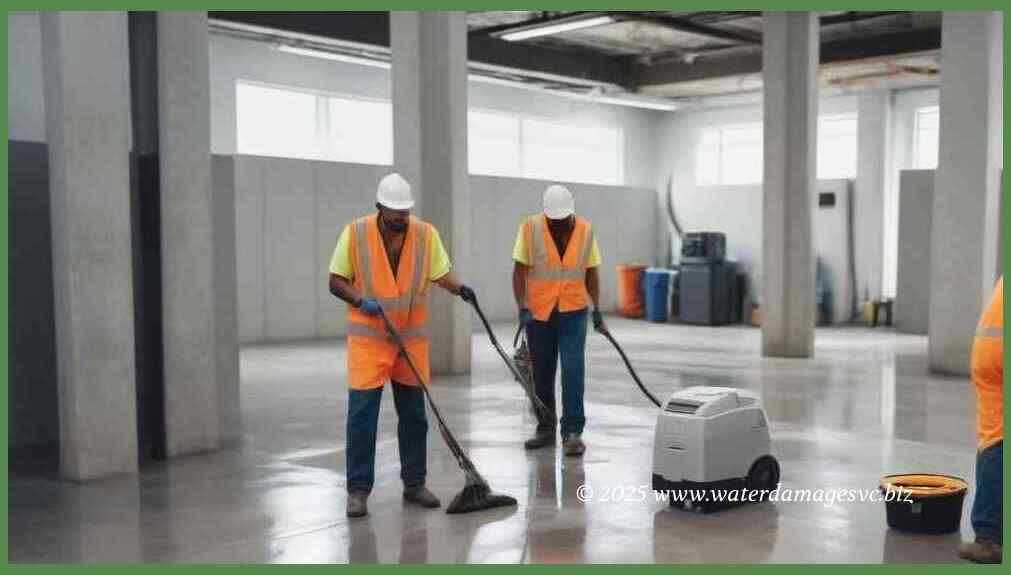
Identifying Common Signs:
1. Visual Inspection:
Start by visually inspecting your home's interior for visible signs such as damp or discolored walls, ceilings, or floors. Pay close attention to areas near plumbing fixtures, windows, doors, and along exterior walls where moisture intrusion is more likely.
2. Mildew or Musty Odors:
Persistent musty odors are often indicative of excess moisture that has led to mold growth within hidden cavities or behind surfaces. If you encounter unpleasant smells that linger despite proper ventilation efforts, it may indicate considerable water infiltration.
3. Damaged Walls and Ceilings:
Blistering paint or wallpaper peeling off from walls and ceilings might be caused by long-term exposure to excessive moisture levels due to leaks inside your home's structure.
4. Peeling Floor Tiles:
In bathrooms, kitchens, basements, or other high-moisture environments with tiled flooring installed poorly or without proper waterproofing measures taken during installation can lead to tiles lifting or popping out due to prolonged exposure.
Determining Severity:
1. Moisture Meters:
Employ handheld moisture meters designed specifically for building materials like drywall and wood flooring-these tools measure the amount of moisture present without causing further damage while providing accurate readings essential for assessing severity levels accurately.
2. Seek Professional Assistance:
Engaging certified professionals skilled in water damage restoration should be considered when confronted with extensive damage beyond DIY capabilities - they possess expertise and advanced equipment necessary for an exhaustive assessment tailored towards prompt repairs based on your specific situation.
3. Infrared Cameras:
Trusted professionals often use infrared cameras to detect hidden water pockets behind walls, ceilings, or floors that aren't visually apparent.
Timely intervention and proper assessment are key when it comes to addressing water infiltration in your home. By proactively identifying signs of damage and determining its severity using both visual inspections and specialized equipment like moisture meters or infrared cameras, you can prevent further issues and ensure the swift restoration of your property's integrity. Remember, seeking professional assistance will guarantee a comprehensive evaluation and provide expert guidance for effective water damage repair solutions tailored to your needs.